Best Timing for Chimney Removals
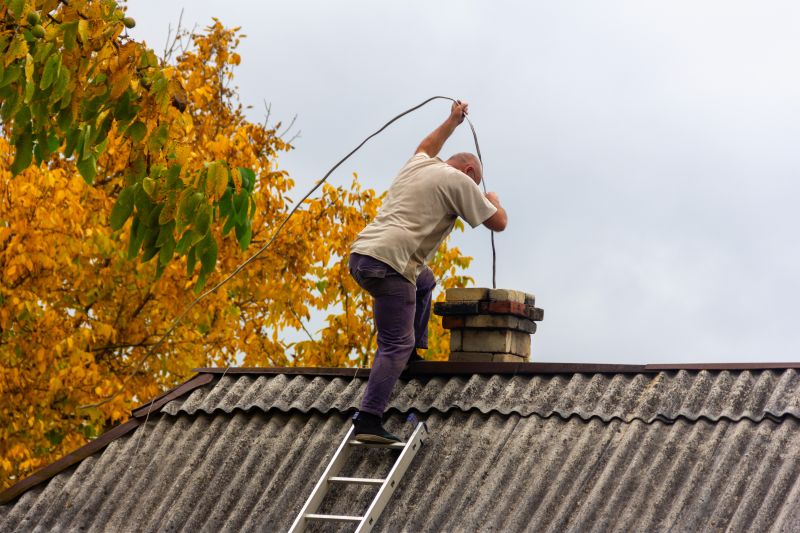
Spring is ideal due to milder weather and better accessibility.
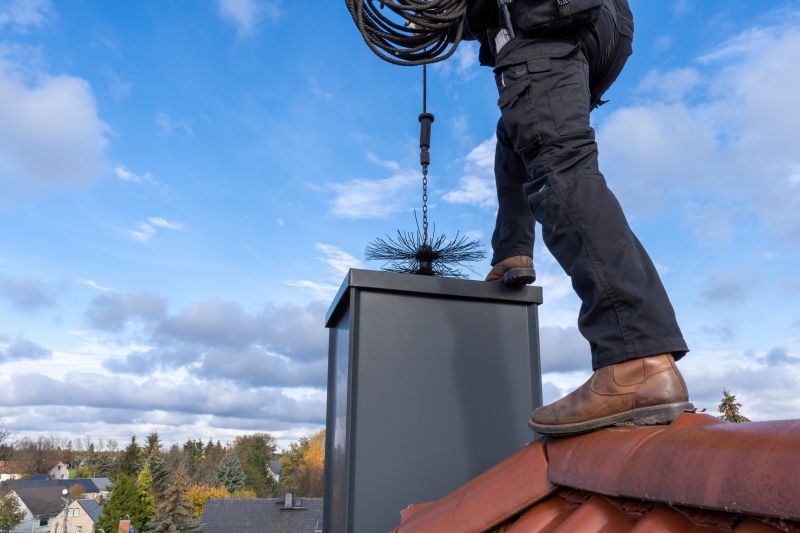
Summertime offers longer days and dry conditions for safe removal.

Fall allows for preparation before winter use, avoiding seasonal delays.

Ways to make Chimney Removals work in tight or awkward layouts.

Popular materials for Chimney Removals and why they hold up over time.
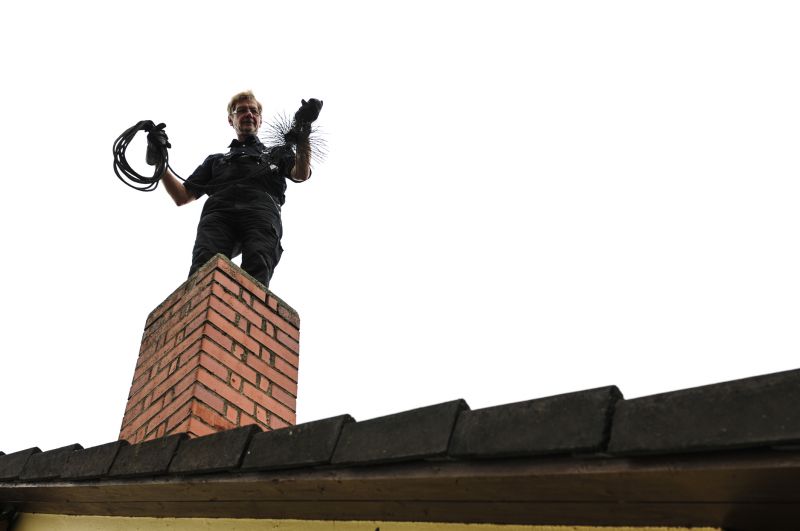
Simple add-ons that improve Chimney Removals without blowing the budget.

High-end options that actually feel worth it for Chimney Removals.
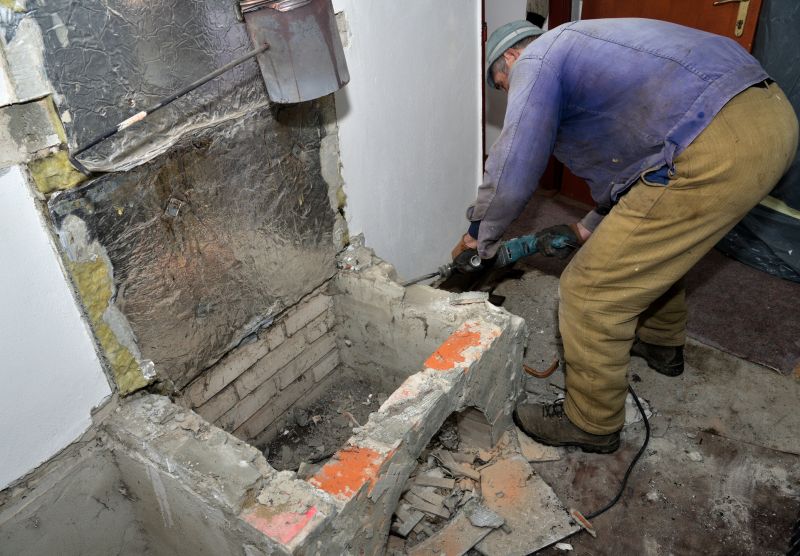
Finishes and colors that play nicely with Chimney Removals.
Chimney removals are typically scheduled during periods of favorable weather to ensure safety and efficiency. The optimal timing depends on regional climate conditions and project scope. Proper planning can minimize disruption and reduce the risk of weather-related delays.
Statistics indicate that over 60% of chimney removals are completed in spring and summer months, when conditions are less likely to hinder work. This timing also allows for inspection and repairs before the colder seasons, ensuring safety and functionality.
Dry and mild weather reduces risks during removal projects.
Larger or more complex removals may require scheduling during specific seasons.
Local weather patterns influence the best time for chimney removal.
Allow sufficient time for planning and obtaining necessary permits.

Specialized tools are used for efficient removal.

Protective equipment ensures safety during the process.
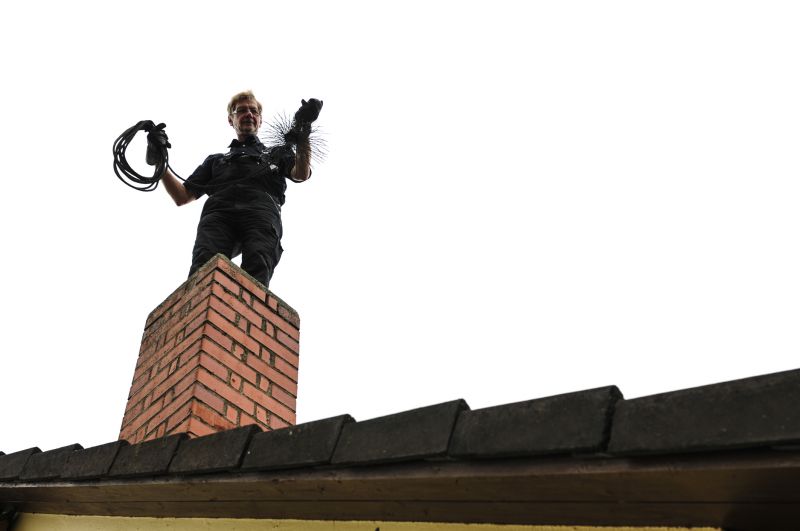
Proper disposal methods prevent environmental impact.

Preparing the area minimizes hazards and facilitates work.
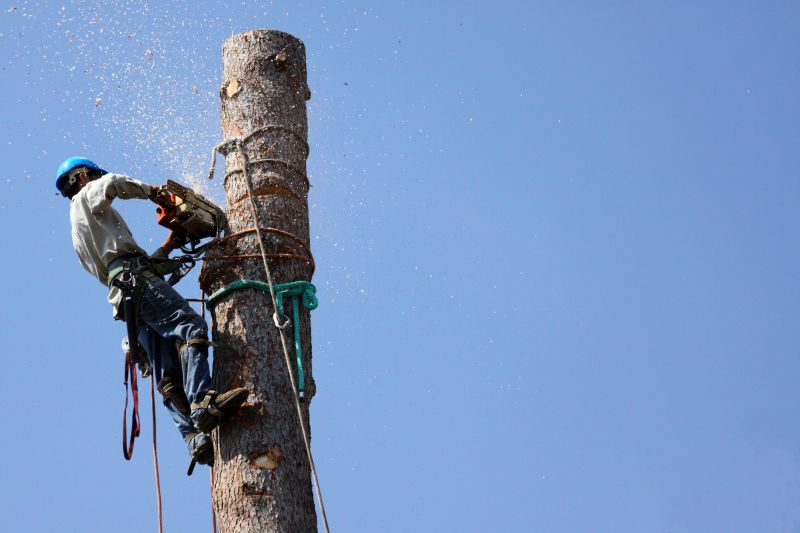
Skilled professionals perform the removal with precision.

Clean and clear area ready for new installation or closure.

Thorough inspection ensures safety and compliance.

Final result shows a safe, clear space.
| Aspect | Details |
|---|---|
| Optimal Seasons | Spring and summer are preferred for weather conditions. |
| Weather Impact | Rain and snow can delay or complicate removal. |
| Project Size | Larger projects may require more planning and optimal timing. |
| Regional Climate | Climate variations influence scheduling choices. |
| Preparation Time | Adequate planning reduces delays and issues. |
| Demand Fluctuations | Off-peak seasons may offer more flexible scheduling. |
| Safety Considerations | Mild weather enhances safety during removal. |
| Environmental Factors | Wind and storms can pose risks to work progress. |
Understanding the best timing for chimney removals can improve project outcomes and safety. Proper scheduling considers weather patterns, project complexity, and regional climate conditions. Consulting with professionals can help determine the most suitable period for each specific situation.
Interested in scheduling a chimney removal? Filling out the contact form provides an opportunity to discuss timing options and receive tailored advice for a safe and efficient process.



